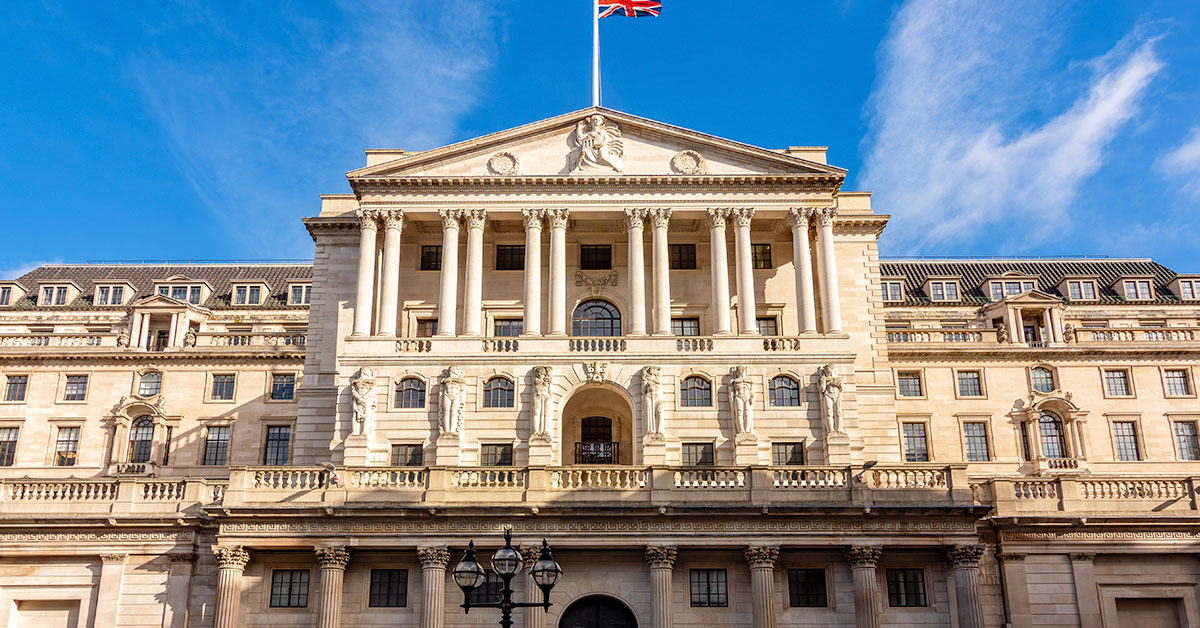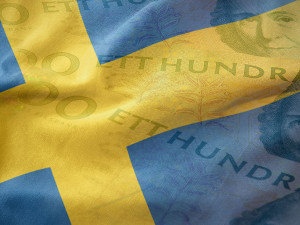
Currency value impacts both the day-to-day living of individuals and the overall economic health of a nation. To maintain stability, central banks work behind the scenes to regulate a country’s currency through tools of monetary policy. But how does this process work, and what are the goals behind the actions of central banks? Knowing the intricacies of monetary policy, and the tools of central banking can provide us with an insight of how economic leaders are able to navigate nations into stability, growth, or recovery during periods of crisis.
What is Monetary Policy?
Monetary policy refers to the techniques used by central banks when trying to affect financial conditions in an economy. By controlling interest rates, supplies of money, and availability of credit, central banks can work to meet objectives for price stability, employment, and economic growth. The two major types of monetary policy include:
Expansionary Policy: This is brought in during economic decline or recession. The primary objective of expansionary monetary policy is to raise money supply, reduce interest rates, and consequently boost overall economic activity.
Contractionary Policy: This is implemented when the rate of inflation is increasing rapidly. Contractionary monetary policy decreases money supply, increases interest rates, and can temper the rate of economic growth to bring price stability.

Key Tools of Monetary Policy
Various tools are available to central banks when working to regulate an economy, affecting a broad range of targets, from the purchasing power of an individual to overall national economic growth.
Open Market Operations (OMOs)
Open market operation refers to the purchase or sale of government securities in the open market. When the central bank buys government bonds, money supply increases and the interest rates fall in an economy; similarly, selling the bonds would have a precisely opposite effect of decreasing money supply and increasing the interest rates.
Through OMO, the central bank can affect the amount of money currently available in the economy. This enables the central bank to affect the level of short-term interest rates and, consequently, those that determine the level of economic activity and inflation.
Interest Rates
The main levers of monetary policy are interest rates. A central bank may cut or raise the “base rate,” reflecting the interest rate charged to commercial banks when the central banks lend to them. If the central bank lowers the base rate, it makes it cheaper for commercial banks to borrow, which in turn will give these banks a greater incentive to lend more to businesses and individuals. Spending and investment accelerate and in turn, gives the economy a boost.
In cases of high inflation, central banks will tighten interest rates, which increases the cost of borrowing. This decreases excessive spending and borrowing, thus cooling off the economy and keeping inflation in check. Interest rate changes are always strongly reflected in market movements, with cascading effects on borrowing costs, investment returns, and currency value.
Reserve Requirements
Reserve requirements determine how much cash the commercial banks have to keep to themselves, but not lend out. Any decrease in the reserve requirements by a central bank lets the banks lend more money, increasing the money supply and spurring economic activity. While adjustments to the reserve requirements are less common, they can be a highly effective instrument to control liquidity in the financial system.
Effects of Monetary Policy
Monetary policies have a contrasting range of intended effects, on markets, foreign investment and commercial banking.
Interest Rates
Interest rate changes tend to have a strong influence on exchange rates, since higher rates provide better returns for investors utilising that currency. A rise in interest rates by the central bank may attract foreign investors who are looking to take advantage of the higher returns, with increased currency demand further bolstering its value.
Inflation Control
Inflation reduces purchasing power, increasing the cost of goods and services. Generally, high rates of inflation weaken a currency, as the prospect of lower purchasing power discourages investment. Most central banks implement policies aimed at keeping levels of inflation at manageable rates of about 2% annually. This enables the central bank to maintain the value of its currency and the stability of its economy.
Quantitative Easing
Quantitative Easing is a tool used by central banks when their interest rates are already near zero and cannot be lowered further. It involves large-scale purchases of government bonds or other financial assets to inject liquidity into the financial system. Increased money supply due to QE is usually accompanied by currency depreciation. Whilst QE results in a weaker currency overall, it is a powerful tool for boosting economic growth, making exports cheaper and more attractive to international buyers.
Foreign Exchange Reserves
Central banks can manage their own foreign exchange reserves in order to manipulate the value of a currency, through buying or selling in forex markets. The most common example of this is a country’s central bank selling some of its foreign currency reserves in order to buy its own currency. This technique is quite common in developing economies in adverse economic climates, in attempts to stabilise currency values.

Balancing Act
The tightrope balancing act that central banks play is always between boosting growth and controlling inflation. Overexploitation of growth tactics will result in higher inflation and consequently, a depreciated currency. Heavy inflation controls hurt growth and elevate unemployment if overly restrictive. Monetary policy needs to be carefully considered, within the context of global economic scenarios, trade balances, and fiscal policies issued by the government.
Future of Monetary Policy and Currency Control
As global economies become further connected, central banks are navigating a highly complex financial landscape. New technologies, including digital currencies, have the potential to change monetary policy instruments and disrupt established operating procedures. Digital currencies issued by a central bank, or CBDCs, would offer finer tuning of the money supply and interest rates. However, their effect on currency value and the balance of exchange rates remains a subject of continuing research.
Climate change, trading friction, and demographic changes provide new challenges for a central bank. Innovative monetary policy responses and active cooperation by central banks worldwide will be required to effectively tackle these demands.
Conclusion
Central banks play a crucial role in the global economy, through their enactment of monetary policy. Through the regulation of money supply, setting interest rates, and tools such as quantitative easing, central banks work toward economic stability, containing inflation and managing currency value. Maintaining this balance is key for economic growth and maintaining purchasing power of a currency. With the emergence of new global challenges and changes in technology, the role of central banks will continue to evolve, shaping the futures of both economies and individuals worldwide.
As always, for currency news and insight into the world of currency, make sure to stay up to date with our Expert Analysis, as well as our daily Market Commentary.
Caleb Hinton
Caleb is a writer specialising in financial copy. He has a background in copywriting, banking, digital wallets, and SEO – and enjoys writing in his spare time too, as well as language learning, chess and investing.



